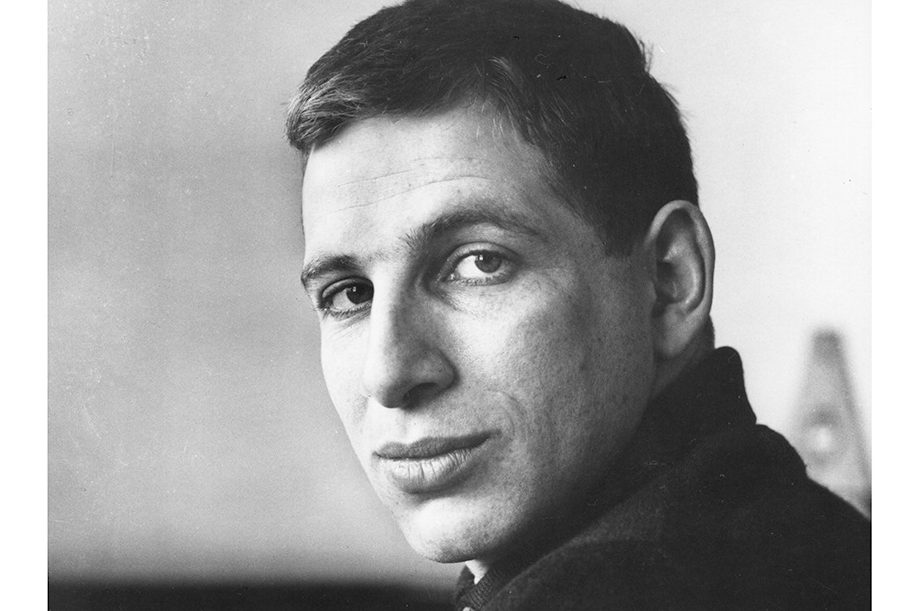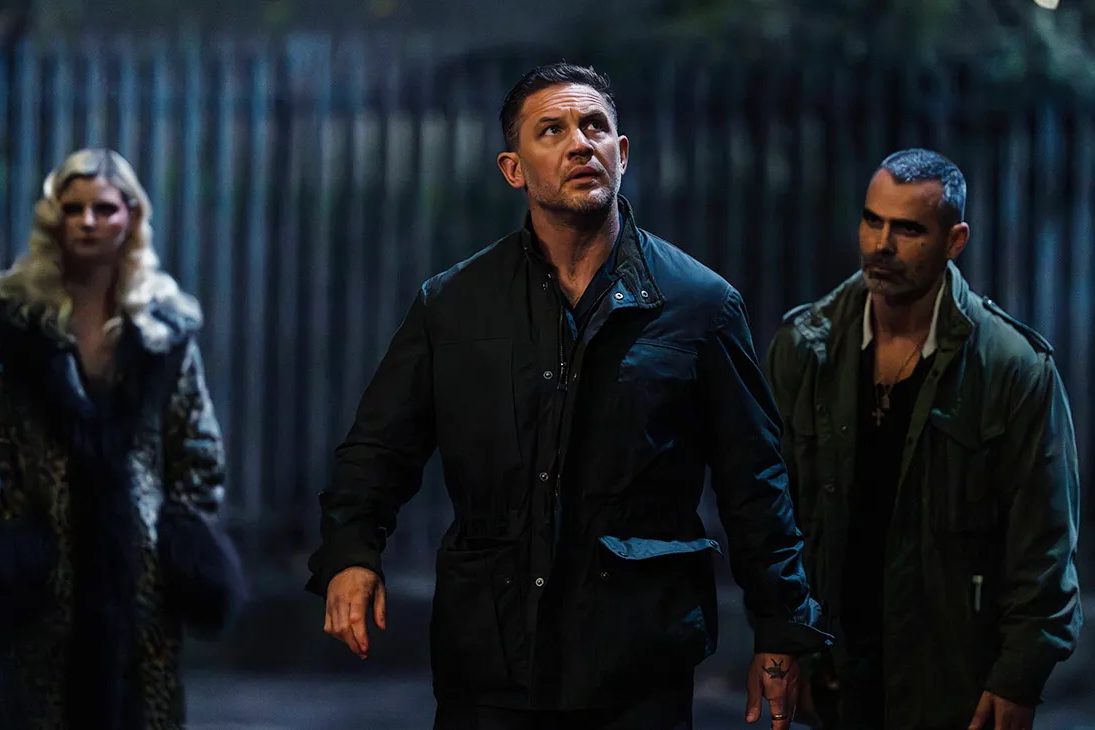In the 1960s and 1970s, British music was transfixed by the Manchester School. Led by the composers Harrison Birtwistle, Alexander Goehr and Peter Maxwell Davies, this northern powerhouse of art music also included the brilliant pianist John Ogden and the conductor Elgar Howarth. All five had studied in the city in the early 1950s. Yet what united them wasn’t geographical happenstance but the embrace of what Robert Hughes famously called, writing on modern art, “the shock of the new.”
It is a mark of the effectiveness of an artistic revolution when young radicals become the creative establishment
Far from quaint regionalists, the Manchester School were radically anti-parochial. All enjoyed stellar international careers. Even more to the point, they reached across to international modernism, turning pre-war European tradition into the British cutting edge. There are echoes, in this lift away from cosy, middlebrow nativism towards the demanding big picture, of what happened in the lofts of 1950s New York as Abstract Expressionism exploded out of émigré modernism.
For this was a time when art music was cool: think — the US again — of John Cage, of collaborative Happenings. The Manchester School had none of Cage’s post-Buddhist accessibility. Their atonal music was difficult and brainy. But it was also young, exciting and aligned with everything contemporary. In 1965 Birtwistle and Maxwell Davies formed the Pierrot Players, who, as the Fires of London, continued for more than two decades to perform modernist classics of chamber music theater — from Arnold Schoenberg’s Pierrot Lunaire to Maxwell Davies’s own Eight Songs for a Mad King. In 1971 “Max” moved to Orkney, where for more than four decades he directed the St. Magnus Festival, its international premieres and (often the same thing) community collaborations. In 1975 Birtwistle became the first music director of Peter Hall’s National Theatre and, perhaps more than his peers, a target for sneers about “wrong note music” by genteelly conservative critics and audiences.
But it’s a mark not of selling out but of the effectiveness of an artistic revolution when young radicals become the creative establishment. Maxwell Davies was appointed Master of the Queen’s Music in 2004; Birtwistle created an astonishing body of work, including many operas which the Royal Opera House premiered. Meanwhile, in 1976, Goehr became professor of music at the University of Cambridge, where he is now emeritus professor.
At ninety-one, Goehr is the sole survivor of the original Manchester School. Like all members of significant art movements, he’s also an important figure in his own right. To fully acknowledge this we need to recognize how, over the decades, his artistic shifts have resisted fashionable orthodoxies — even those of the Manchester School. It’s necessary to listen to his music for its own sake, as well as in order to understand something of the position British culture occupied on the world stage in the second half of the 20th century.
My personal favorites include the more lucid soundscapes of the decades ushered in by Goehr’s 1976 setting of Psalm IV, which finally abandoned serialism, that often highly restrictive and repetitive form of tonal organization which risks academicization. Others include the 1985 opera Under the Sun. Even more exciting is some of his late work, with its increased instrumental color and what can only be described as chromatic edge. Marching to Carcassone (2002), a sequence for piano and orchestra, has an almost frangible sweetness.
Composing a Life — Goehr’s collaboration with Jack van Zandt, the American composer-musicologist and his former pupil — is a fascinating study of musical transmission. Goehr was born in Berlin in 1932, but Hitler’s race laws forced his father, Walter, a pupil of Schoenberg, to seek work in Britain the following year. Goehr’s musical genealogy thus leads back to the heart of the Second Viennese School. After Manchester, it was hearing his father conduct the UK premiere of Messiaen’s Turangalîla-Symphonie that inspired him to spend 1955-56 studying with Olivier Messiaen in Paris.
There Pierre Boulez, another Messiaen pupil, became a friend and collaborator. Goehr would eventually distance himself from the Darmstadt school serialism that Boulez brought to Ircam, the influential center he founded in 1970 at Georges Pompidou’s request. But the English composer had established his lateral as well as ancestral connection with European modernism. Similarly, in North America he spent time with Aaron Copland and Elliott Carter, even regarding Milton Babbitt as “a kind of mentor.”
Goehr stands as a figure mapping twentieth- and twenty-first-century art music. But Composing a Life also reveals a generous and thoughtful man, with van Zandt his equally generous interlocutor and essayist-biographer. The usual musician’s reminiscences, little more than glorified name-dropping, are here replaced by a serious dialogue about musical influence, that mystery driving even a creative radical such as Goehr. Read this book if you care at all about how culture is transmitted and transformed. Listen to Marching to Carcassone to be reminded why it matters.
This article was originally published in The Spectator’s UK magazine. Subscribe to the World edition here.


























Leave a Reply